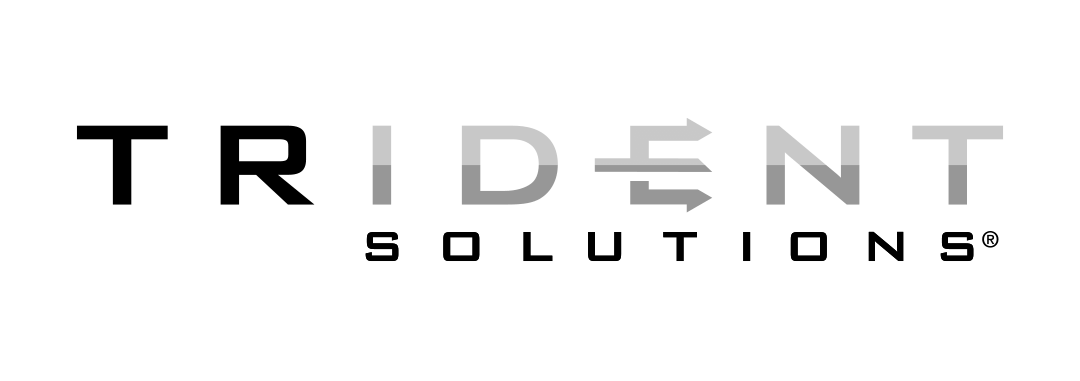 In industrial settings, safety is paramount, and high-visibility labels play a critical role in ensuring a safe working environment. These labels are specifically designed to capture attention and communicate vital safety information effectively. By adhering to standards like ANSI Z535 and utilizing advanced reflective materials, high-visibility labels help prevent accidents and enhance workplace compliance.
In industrial settings, safety is paramount, and high-visibility labels play a critical role in ensuring a safe working environment. These labels are specifically designed to capture attention and communicate vital safety information effectively. By adhering to standards like ANSI Z535 and utilizing advanced reflective materials, high-visibility labels help prevent accidents and enhance workplace compliance.
The Importance of ANSI Z535 Compliance
The ANSI Z535 standard governs the design and presentation of safety information, setting the foundation for high-visibility labels. This standard specifies essential elements such as signal words (e.g., “Danger,” “Warning,” “Caution”), font sizes, and the safety colors associated with each level of hazard. For example:- Red is used for “Danger” labels to indicate an immediate threat.
- Orange is designated for “Warning” labels to signify potential hazards.
- Yellow is reserved for “Caution” labels to indicate lower-risk dangers.
- Blue designates “Notice” labels which provide general information to minimize confusion.
Reflective Materials: Enhancing Visibility in All Conditions
The effectiveness of high-visibility labels often depends on their ability to stand out in various lighting conditions. To meet this challenge, manufacturers use cutting-edge materials such as engineer-grade reflective sheeting and high-intensity prismatic reflective sheeting.- Engineer-Grade Reflective Material This type of reflective sheeting provides moderate visibility and is often used in environments with controlled lighting. High-visibility labels made from engineer-grade materials are ideal for indoor applications or areas with consistent illumination, offering a cost-effective solution without compromising quality.
- High-Intensity Prismatic Reflective Sheeting For more demanding environments, high-intensity prismatic reflective sheeting is the preferred choice. This material offers superior brightness and durability, making it suitable for outdoor and low-light settings. High-visibility labels using this sheeting can withstand harsh weather conditions and remain effective over time, making them a critical component of industrial safety programs.
Customization for Industry-Specific Needs
High-visibility labels are not a one-size-fits-all solution. Industries often require customized designs to meet unique operational and safety requirements. Customization options include:- Specific signal words and phrases tailored to the application.
- Reflective materials suited to the environment, whether indoor or outdoor.
- Logos, graphics, or icons that align with company branding or regulatory needs.
Applications
High-visibility labels are indispensable across various industries, including manufacturing, construction, and utilities. Common applications include:- Equipment and Machinery Warnings: Labels on machinery to indicate pinch points, high temperatures, or electrical hazards.
- Hazardous Material Storage: Labels to warn of flammable, toxic, or corrosive substances.
- Traffic and Wayfinding: Reflective labels to mark pathways, exits, or restricted zones in industrial facilities.
Choosing the Right High-Visibility Labels
When selecting these labels, it’s essential to consider:- Environmental Conditions: Outdoor labels should use high-intensity prismatic sheeting for maximum durability, while indoor labels may only require engineer-grade materials.
- Compliance Requirements: Ensure that labels conform to ANSI Z535 standards to meet regulatory obligations.
- Durability Needs: For high-traffic or extreme environments, opt for labels with enhanced abrasion and weather resistance.





